Polymer Bioconjugation Services
Bioconjugation is a chemical technique used to couple two molecules where at least one is a biomolecule, such as a carbohydrate, nucleic acid, or protein. Functionalized polymers can improve the stability, solubility, trafficking pathways, and therapeutic potential of already useful biomolecules in various applications. For instance, synthetically modified polymers can act as a tracker to record changes in cell behavior, a marker for bio-imaging, or a carrier to deliver drugs to targeted cells. Apart from that, polymers can also reveal enzyme function and determine protein biodistribution in the biomedical field after linking specific biomolecules. As a professional one-stop technology solution provider, BOC Sciences provides comprehensive polymer bioconjugation or custom synthesis services for institutional and industrial customers.
 Fig. 1. The overall scheme for polymer-protein conjugate preparation (Wang Y, Wu C. 2018).
Fig. 1. The overall scheme for polymer-protein conjugate preparation (Wang Y, Wu C. 2018).
Our Bioconjugation Capabilities
Our Polymer Bioconjugation Strategies
Bioconjugation by Coupling (Grafting to/Convergent Strategies)
Coupling reaction is probably the most common route to introduce synthetic polymers to sequence defined peptides or proteins. This approach involves the attachment of a synthetic polymer, exhibiting well-defined end-functionalities to a peptide or protein of complementary functionality. The most straightforward route relies on the formation of an amide bond between the two molecules. BOC Sciences has built a comprehensive, state-of-the-art technology platform that promptly provides customized polymer bioconjugates services according to customers' specific needs. Our coupling-bioconjugation services support:
Standard Coupling Chemistry
The coupling approach is applied to introduce synthetic polymers to sequence defined peptides or proteins
Click Chemistry
Many complex biological entities such as proteins, enzymes, viruses, bacteria or cells may be conjugated using azide/alkyne click chemistry
Native Chemical Ligation
Native chemical ligation lead to the formation of a stable amide bond between two unprotected peptide segments
Biotin-Avidin
The biotin-(strept) avidin coupling method relies on the highly favored supramolecular recognition of the low molecular weight molecule biotin by larger glycoproteins
Staudinger Ligation
The staudinger ligation methodology is considered as truly bioorthogonal and it is being used increasingly in the chemical synthesis of proteins
Direct Polymerization from Biomolecules (Grafting from/ Divergent Strategies)
The direct-controlled growth of a synthetic polymer from pre-assembled biological structures is conceptually the most straightforward approach for synthesizing polymer bioconjugates. In such approaches, biomolecules are chemically modified with low molecular weight initiating groups and subsequently used as polymerization macroinitiators. The controlled radical polymerization (CRP) techniques, such as atom transfer radical polymerization (ATRP), nitroxide mediated polymerization (NMP), and reversible addition-fragmentation transfer polymerization (RAFT), opened unprecedented possibilities for polymer bioconjugation. Theoretically, these strategies lead to higher polymer efficiency conjugation than most coupling methods. Moreover, this approach does not involve separating macromolecular species of different kinds but sorting high molecular weight biopolymer conjugates from low molecular weight monomers.
Functional Monomers and Macromonomers (Grafting Through)
The direct chain polymerization of functional monomers and macromonomers is another useful pathway for preparing macromolecules with a synthetic backbone and pendent biological building blocks (e.g., amino acids, peptides, nucleotides, nucleobases, sugars). Such macromolecules are not strictly polymer bioconjugates in the sense that they are not combining distinct synthetic and biological macromolecular domains. However, they reserved the properties of synthetic and biological materials. With advanced polymer chemistry technology platforms, BOC Sciences offers widely applicable living polymerization methods for polymerizing biofunctional monomers, such as ATRP, NMP, RAFT, or ring-opening metathesis polymerization (ROMP). The specific types include:
- Amino acid- or peptide-functionalized monomers
- Nucleobase- or nucleoside-functionalized monomers
- Sugar-functionalized monomers
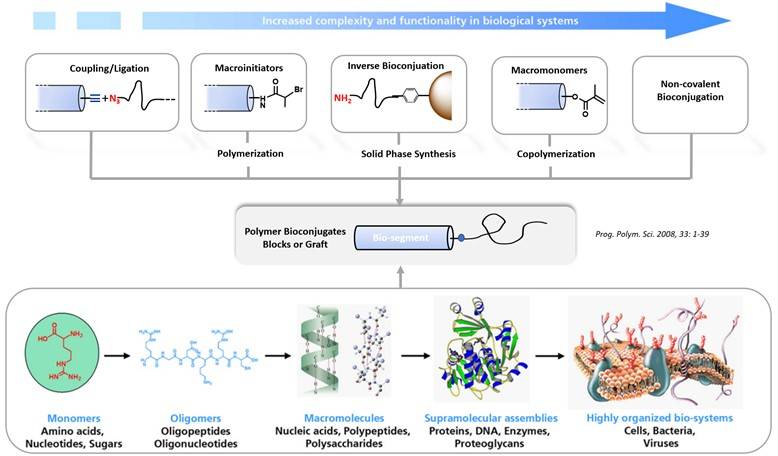 Fig. 2. The polymer bioconjugation technologies (Prog. Polym. Sci. 2008, 33: 1-39).
Fig. 2. The polymer bioconjugation technologies (Prog. Polym. Sci. 2008, 33: 1-39).
Inverse Bioconjugation
In contrast to the conjugation strategies described above, which are means to couple or synthetic graft polymers to or from bio-segments, the inverse bioconjugation strategy relies on stepwise synthesis of bio-segments on preformed synthetic polymers. Currently, the most common applications of reverse conjugations include peptide-polymer conjugates and oligonucleotide-polymer conjugates. Among them, the inverse bioconjugation strategy controls the amount and orientation of oligonucleotide strands grafted to the synthetic polymer chain. BOC Sciences has a dedicated biomolecule-polymer bioconjugation platform designed to functionalize polymers. Our research speed is at the advanced level in the industry.
Non-covalent Bioconjugation
Besides biological guest-host systems, less specific non-covalent interactions can be used to couple synthetic polymers and biological objects. The ionic complexation of oppositely charged entities is, for example, a very interesting route of bioconjugation since many biological structures exhibit charged surfaces, and the negatively charged backbone of DNA can be complexed with various synthetic polycations or block-copolymers containing polycationic segments. BOC Sciences' polymer bioconjugation technology allows appropriate polyelectrolyte modification of charged surfaces of proteins, enzymes, or carbohydrates, such as proteoglycans or glycosaminoglycans. These complexations lead to the formation of compact bio-hybrid particles, also known as polyplexes, which have been extensively studied in non-viral gene delivery.
Our Special Service: Isolation & Purification
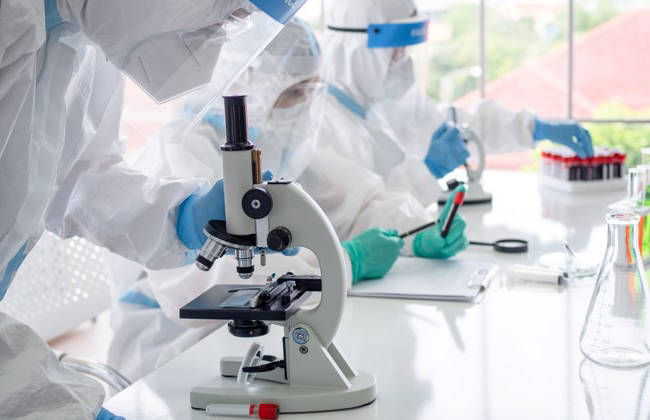
Because most bioconjugation reactions cannot be achieved thoroughly, excess reagents are often required, thus making it more difficult to extract products from the resulting mixture. BOC Sciences has been engaged in the custom synthesis of polymers for years and has participated in numerous projects. Therefore, we not only possess extensive experience in biological conjugation reactions but have also developed special purification processes. Click here to learn more about our polymer isolation and purification service.
Our Advantages
- Well-trained experts with unrivaled experience and specialize in bioconjugation chemistry
- State-of-the-art technical platform for biopolymer production and assay development
- Numerous brand names and in-house fluorophores, biotins, enzymes and bioparticles
- Guaranteed conjugation reproductivity and high-quality final products with detailed information
- Cost-saving and time-efficient
How to order?

References:
- Lutz J F, Borner H G. Modern trends in polymer bioconjugates design. Progress in Polymer Science, 2008, 33(1):1-39.
- Wang Y, Wu C. Site-specific conjugation of polymers to proteins. Biomacromolecules, 2018.
- Hest J V, Sumerlin B. Polymer bioconjugates. Polymer Chemistry, 2011, 2(7):1427-1427.
- Stephanopoulos, N.; Francis, M. B., Choosing an effective protein bioconjugation strategy. Nature Chemical Biology 2011, 7 (12), 876-884.
- Jeet, K.; Ronald, T. R., Advances in Bioconjugation. Current Organic Chemistry 2010, 14 (2), 138-147.
- Lutz, J.F. et al. Modern trends in polymer bioconjugates design. Prog. Polym. Sci. 2008, 33: 1-39.

 Fig. 1. The overall scheme for polymer-protein conjugate preparation (Wang Y, Wu C. 2018).
Fig. 1. The overall scheme for polymer-protein conjugate preparation (Wang Y, Wu C. 2018).








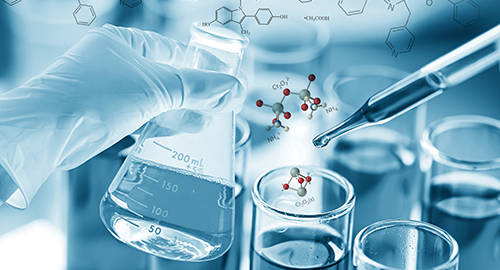
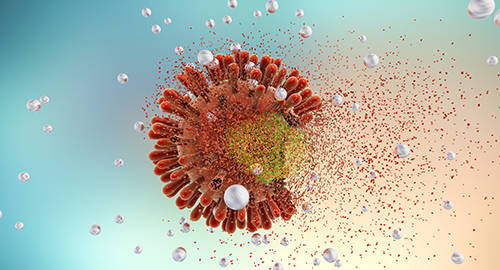

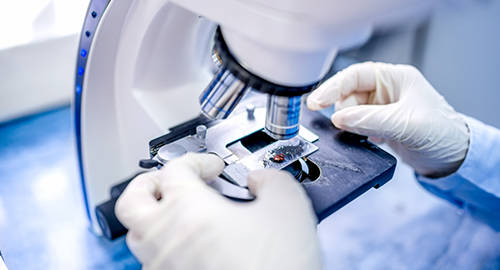
 Fig. 2. The polymer bioconjugation technologies (Prog. Polym. Sci. 2008, 33: 1-39).
Fig. 2. The polymer bioconjugation technologies (Prog. Polym. Sci. 2008, 33: 1-39).













